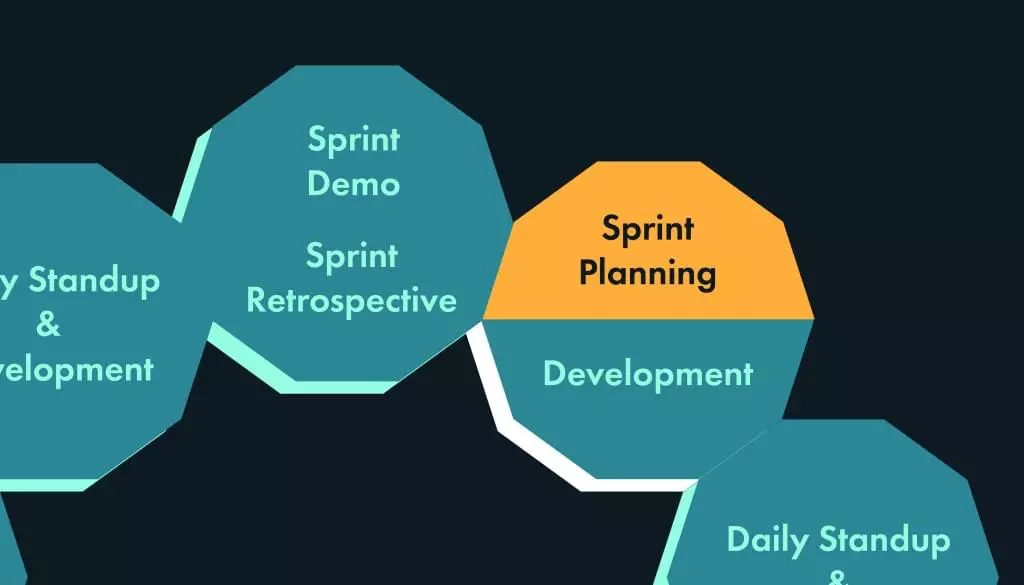
Sprint planning, the cornerstone of each sprint, sets the stage for the upcoming iteration. This collaborative effort between the product owner, scrum master, and development team defines the sprint's objectives and the work required to achieve them.

The Core Objective: To establish a clear agenda for the sprint. The product owner presents prioritized user stories, aligning them with the product vision. The team then estimates the effort involved and commits to completing a realistic number of stories based on their past performance (velocity). The outcome? A mutually agreed-upon sprint backlog.
(This section is an excerpt from "Scrum: Novice to Ninja" by M. David Green. Available in bookstores and as an ebook.)
The scrum master facilitates, but the product owner drives the content of sprint planning.

Time Allocation: The duration is flexible, depending on the sprint length (e.g., 3-4 hours for a two-week sprint, potentially a full day for longer sprints). Thorough planning is key to effective communication and a shared understanding of deliverables. A skilled scrum master ensures the process remains focused and within the allocated time.
Preparation: The product owner prepares a refined product backlog, collaborating with stakeholders to ensure stories are clear, well-defined, and prioritized. Each story includes acceptance criteria for unambiguous completion.
Introducing Stories: The product owner presents the prepared stories, fostering open discussion and allowing the team to question feasibility and completeness. This collaborative review ensures alignment and addresses potential challenges proactively.
Technical Considerations: The team actively participates, raising concerns about technical debt, refactoring needs, or infrastructure upgrades. While the product owner sets priorities, the team retains the authority to reject poorly defined or technically infeasible stories.
Story Estimation: The team estimates the relative effort for each story using a chosen method (e.g., points, T-shirt sizing). This is relative, not a time estimate, focusing on comparative effort based on past experience. Consistency in the chosen estimation system is crucial for tracking velocity.
Team Consensus: Agreement on story estimates is essential, promoting transparency and shared understanding. Every team member should comprehend the effort involved, even if not directly working on the story.
Handling Bugs: Bugs (missed requirements in completed or accepted stories) are addressed but don't receive points. Their resolution impacts velocity but isn't factored into point estimations. No separate capacity for bug fixing is allocated.
Tasks vs. Stories: Tasks (code maintenance, infrastructure improvements) are crucial but don't receive points as they don't directly deliver user value. Negotiation with the product owner ensures these vital tasks are prioritized.
Spikes: Uncertain technical challenges may require spikes (research tasks). These have defined acceptance criteria and time constraints to prevent resource drain.
Committing to the Sprint Backlog: The team collaborates to create a sprint backlog based on their velocity and story estimates. While the product owner has final authority on content and order, the team can advocate for adjustments to optimize workflow and maintain continuity. Final agreement is crucial before starting the sprint.
The End Result: A shared sprint backlog, a clear sprint goal, and a collective commitment to deliver the prioritized stories within the sprint timeframe. Everyone understands their responsibilities and the path forward.
Frequently Asked Questions (FAQs):
This detailed explanation provides a comprehensive understanding of Scrum sprint planning, emphasizing collaboration, transparency, and commitment.
The above is the detailed content of Scrum Rituals: Sprint Planning. For more information, please follow other related articles on the PHP Chinese website!




